Modern Approaches to Pepperpot Slow Cooking with Depth
11 min read Explore innovative techniques for slow-cooking pepperpot, enhancing its rich flavors and deepening its culinary complexity in modern Barbadian cuisine. July 13, 2025 12:05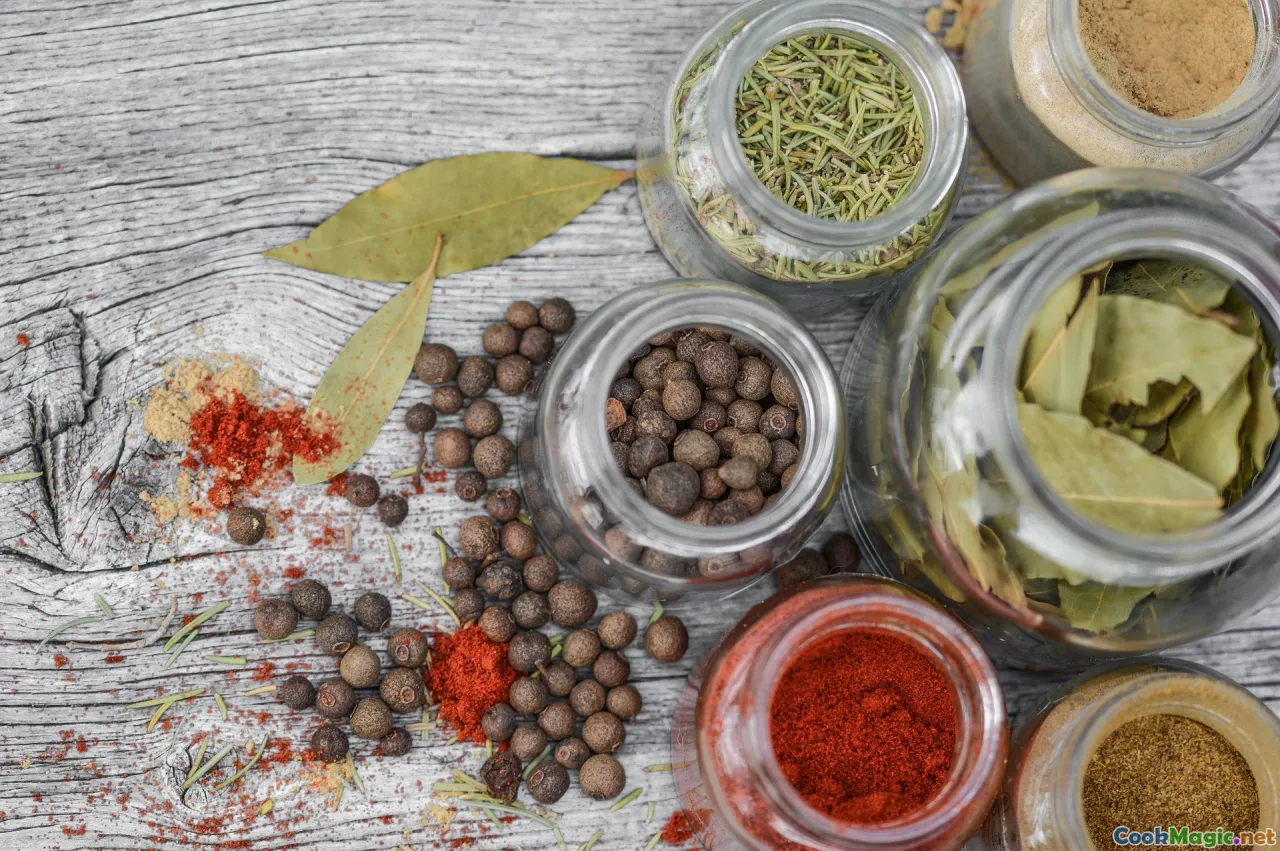
Modern Approaches to Pepperpot Slow Cooking with Depth: A Culinary Journey into Barbadian Tradition
In the heart of Barbados, where the Caribbean breeze carries stories of age-old traditions and vibrant flavors, one dish stands as both a cultural emblem and a culinary marvel: Pepperpot. This hearty stew, with its rich history and complex flavors, has evolved over centuries. Today, modern culinary techniques breathe new life into pepperpot, elevating it beyond comfort food into a sophisticated, deep-flavored masterpiece. As chefs harness slow cooking methodologies and digital precision, they unlock a new dimension of taste, texture, and cultural resonance.
Embark with me on a journey that explores how contemporary approaches blend tradition and innovation, yielding pepperpot with unprecedented depth. From sensory delights to emotional heritage, this exploration underscores why pepperpot remains a cornerstone of Barbadian cuisine—and how modern methods magnify its spirit.
The Cultural Canvas of Barbadian Pepperpot
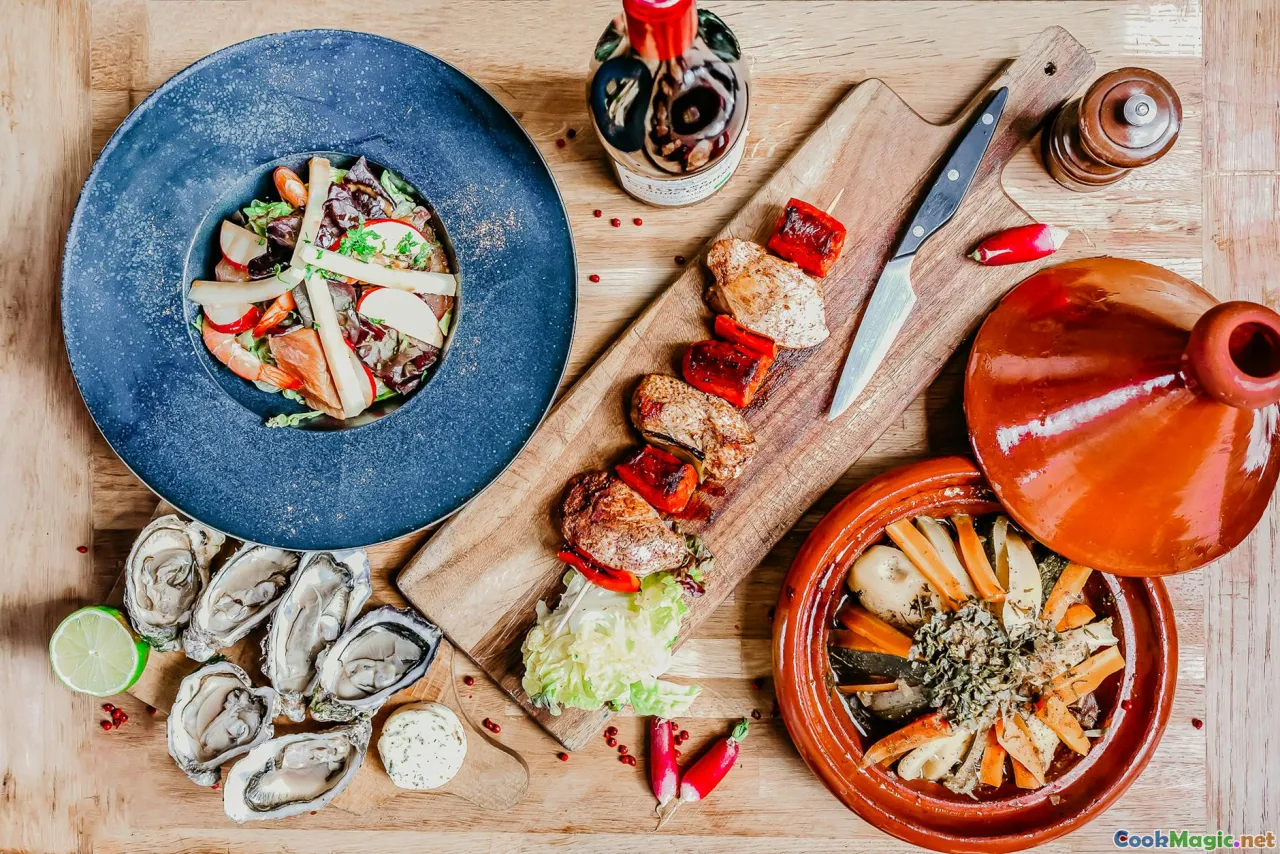
Barbados is a land stitched together by history, culture, and a mosaic of flavors. Pepperpot’s roots run deep in this fabric, originating from the Indigenous Amerindian inhabitants, carved further by West African influences, and later enriched by colonial migrations. The dish traditionally featured a melange of native herbs, cured meats, and spices, simmered slowly over hours—sometimes overnight—transforming into a comforting, fragrant stew.
The aroma of pepperpot, with its wafts of cassareep (cassava root extract), allspice, cloves, and tender meats, evokes communal warmth and ancestral stories. It’s more than sustenance; it’s a vessel of identity, a bridge connecting modern Bajans with their roots.
Revisiting Tradition: The Classic Slow-Cook Method

Historically, pepperpot was simmered slowly in large cast-iron pots over open fires or slow stoves, often for many hours. The magic lay in patience—allowing robust flavors to meld, collagen to break down, and the fat to render, culminating in a stew that’s both viscous and complex.
The key components included salt beef or salted pork, callaloo leaves, karaille (crabs), and seasoned with freshly ground spices infused into cassareep. This cassareep, derived from grated cassava root and boiled with spices, imparted a dark, syrupy depth that distinguished authentic pepperpot.
While traditional methods remain revered, they are labor-intensive and sensitive to temperature control, making consistency and scalability challenging in modern cooking settings.
Modern Approaches: Elevating Pepperpot with Technique & Technology
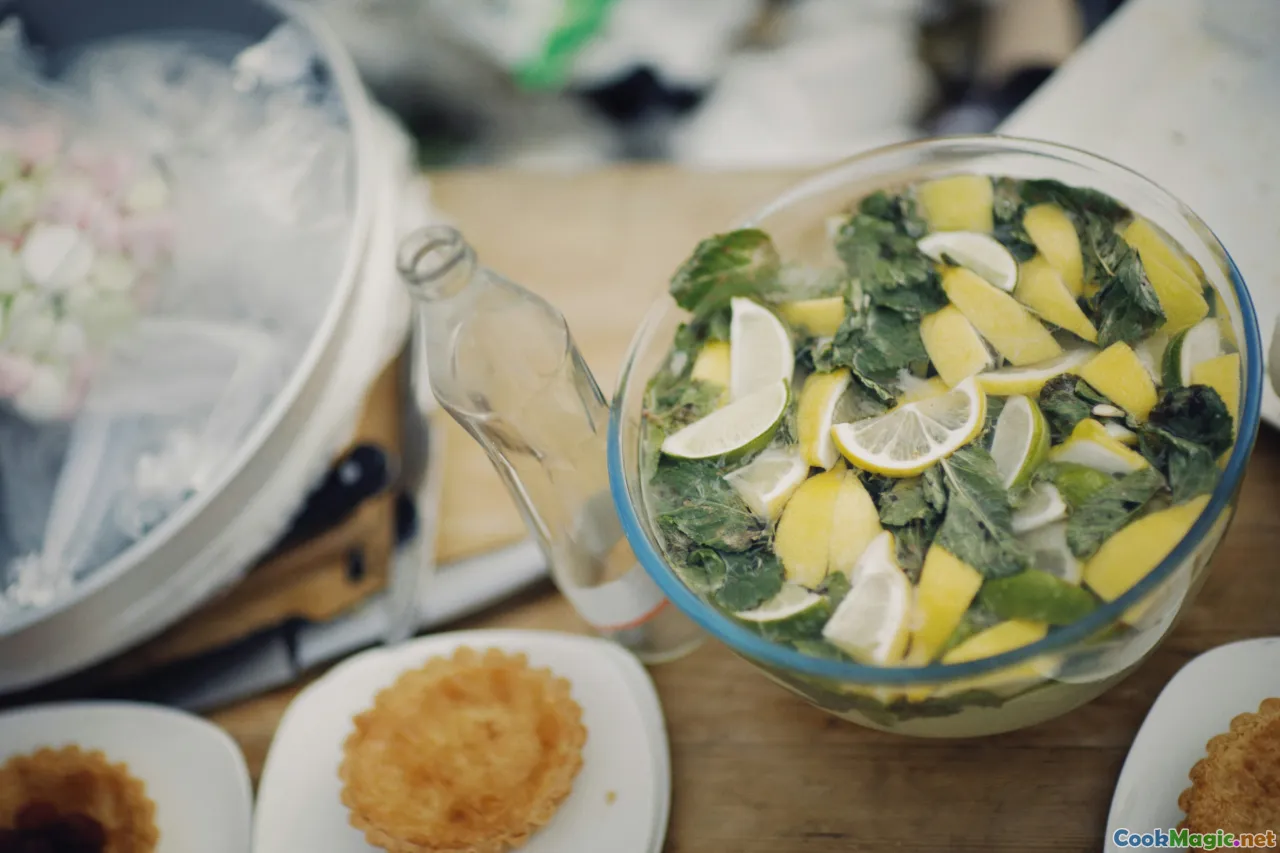
Advances in culinary technology offer new avenues to honor and reinvent pepperpot while maintaining its soulful character.
1. Sous Vide Immersion:
Infusing flavors at precise temperatures, sous vide allows for perfect tenderness and depth. Think of sealing seasoned meats—perhaps a well-marbled beef brisket or wild boar shoulder—in airtight bags with spices, cooking at 68°C (154°F) for 24 hours. This method ensures meat is meltingly tender, evenly flavored, and retains juiciness.
A sous vide process reduces the variance in cooking, enabling the flavors of cassareep, allspice, and herbs to develop gradually, almost marinate-like, resulting in a stew that’s intensely layered.
2. Slow Cooker Precision:
Modern slow cookers sport programmable temp controls that mimic traditional slow simmering with better consistency. Chefs now layer salted meats, vegetables, and spices, allowing a long, gentle cook cycle—8 to 12 hours—to unlock deep flavors while maintaining ease.
Adjusting heat settings beyond typical low and high (i.e., 'keep warm' mode) offers subtle control, making the dish adaptable for different textures—whether you prefer a silky, thick sauce or a more broth-like consistency.
3. Flavor Toasting & Pre-Processing:
Before introducing ingredients into the slow cooker, modern chefs toast spices—black peppercorns, allspice berries, cloves—in a dry skillet to unlock their aromatic oils. This step adds a concentrated flavor dimension.
Additionally, lightly salting and searing meats beforehand creates Maillard reactions, developing richer color and flavor, which are then preserved throughout the long, slow cook.
4. Incorporating Contemporary Flavors & Textures:
While traditional pepperpot emphasizes earthiness, modern interpretations often introduce complementary elements:*
- A dash of smoked paprika or chipotle for a smoky undertone.
- Fresh herbs like thyme or scallions added at the end for brightness.
- A splash of dark rum or tropical fruit juices to enhance the Caribbean essence.
These innovations add layers of sophistication, turning pepperpot into a covering dish suitable for upscale caterings or food festivals.
The Role of Cassareep: A Modernist Take
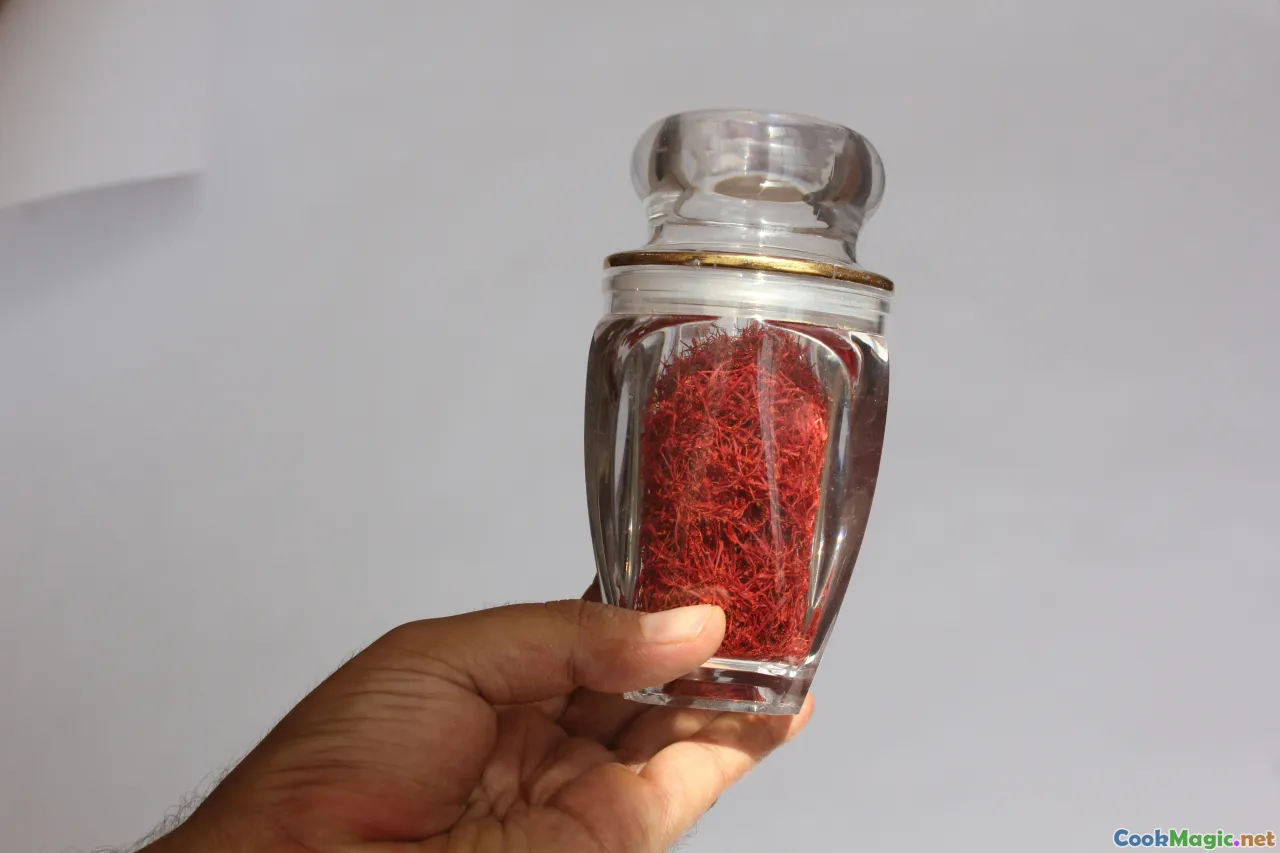
Central to authentic pepperpot is cassareep, a viscous, bittersweet extract from grated cassava boiled with spices. Its rich, molasses-like flavor and aroma are integral—but also challenging to produce consistently outside traditional settings.
Modern culinary artisans experiment with cassareep substitutes: reductions of molasses mixed with soy sauce, cloves, and cinnamon achieve similar depth. Alternatively, adding a touch of tamarind paste or dark bamboo syrup can mimic the complex umami and sweetness.
The objective is balancing familiarity with innovation, allowing chefs to control potency and integrate into refined cuisine narratives.
Visual & Sensory Impact: From Plate to Palate
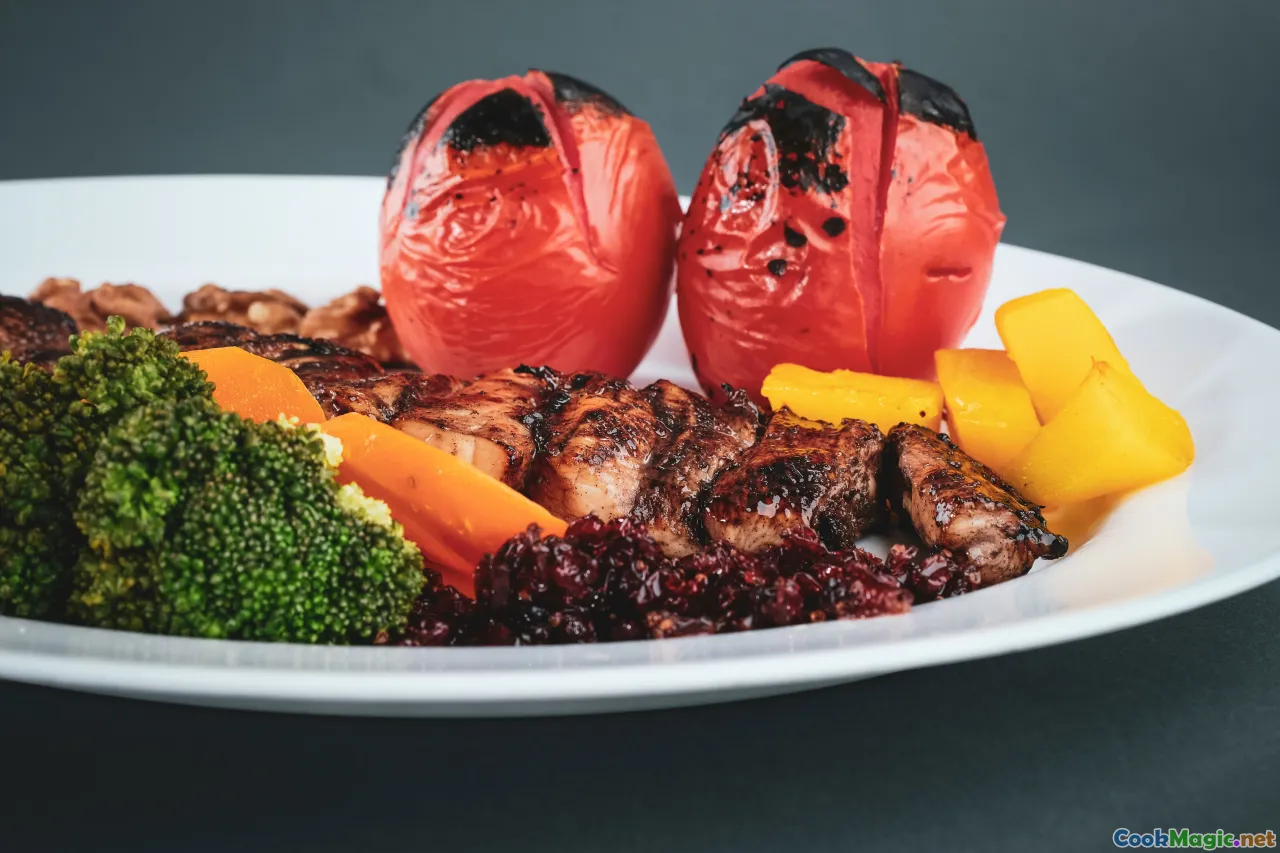
Modern preparation offers startling visuals: deep mahogany broth, glistening chunks of tender meat, flecks of green herbs, and the contrasting textures of vegetables likeCallaloo or okra.
Smell—the aromatic allure of toasted spices and slow-cooked meats—evokes nostalgia yet excites contemporary palates. The first sip promises a balanced mediation of salt, spice, and a touch of sweetness, revealing layers with each stirring.
Texturally, the dish can range from silky and thick to more broth-like, depending on the desired presentation. The sensuous mouthfeel underscores the depth that diligent, modern slow-cooking practices ratchet up.
Personal Insights & Cultural Stories
My journey with pepperpot began during a trip to Barbados, where an aunt’s backyard kitchen simmered a batch over an open fire. The storied tradition, flavored by generations, reminded me how a simple stew can embody history, resilience, and community.
Years later, experimenting with modern techniques, I discovered that slow sous vide methods preserved not only flavor but elevated the emotional connection. When served in a sleek, minimalist bowl with lime wedges and fresh herbs, the dish retains its soul yet feels contemporary.
During the annual Crop Over Festival, I watched local chefs transform rural recipes into gastronomic sculptures—adding smoked almonds, local cheeses, or tropical fruit accompaniments—proof that tradition can evolve beautifully.
Practical Tips for the Modern Home Chef
- Select quality salted meats: Opt for well-cured, grass-fed beef or ethically sourced pork, preferably with some marbling for richness.
- Layer flavors through pre-processing: Toast spices, sear meats, and develop cassareep flavors beforehand.
- Leverage technology: Use programmable slow cookers or sous vide to maintain precision.
- Incorporate contemporary ingredients: Experiment with smoked or exotic spices, fresh herbs, and tropical accents.
- Respect authenticity: While innovation is key, stay true to the essential flavor profile that makes pepperpot iconic.
Embracing the Future of Barbadian Cuisine
As culinary boundaries expand, so does the opportunity for dishes like pepperpot to find new audiences and contexts. Chefs worldwide are drawn to the rich history, bold flavors, and comforting textures that define this dish.
Imagine a fine-dining presentation where tender, slow-cooked meats nestled among colorful root vegetables, finished with a drizzle of spiced oil and a hint of citrus—an homage to tradition with a modern twist. Or innovative street food stalls serving pepperpot bao buns, blending Caribbean tradition with Asian influences.
In every vessel—be it a communal pot of yesteryear or a sleek modern slow cooker—the essence remains steadfast: a soulful expression of Barbadian identity that continues to evolve.
In embracing modern approaches, we do not diminish pepperpot—we amplify its layers, deepen its cosmopolitan appeal, and ensure it remains a beloved part of the Caribbean culinary conversation for generations to come.









